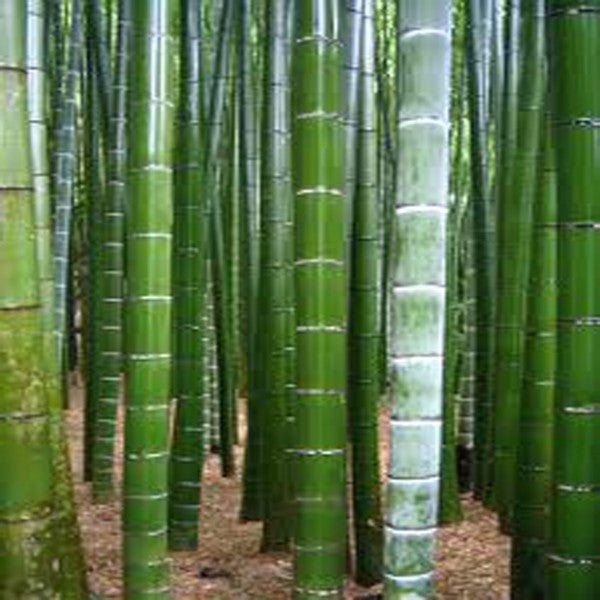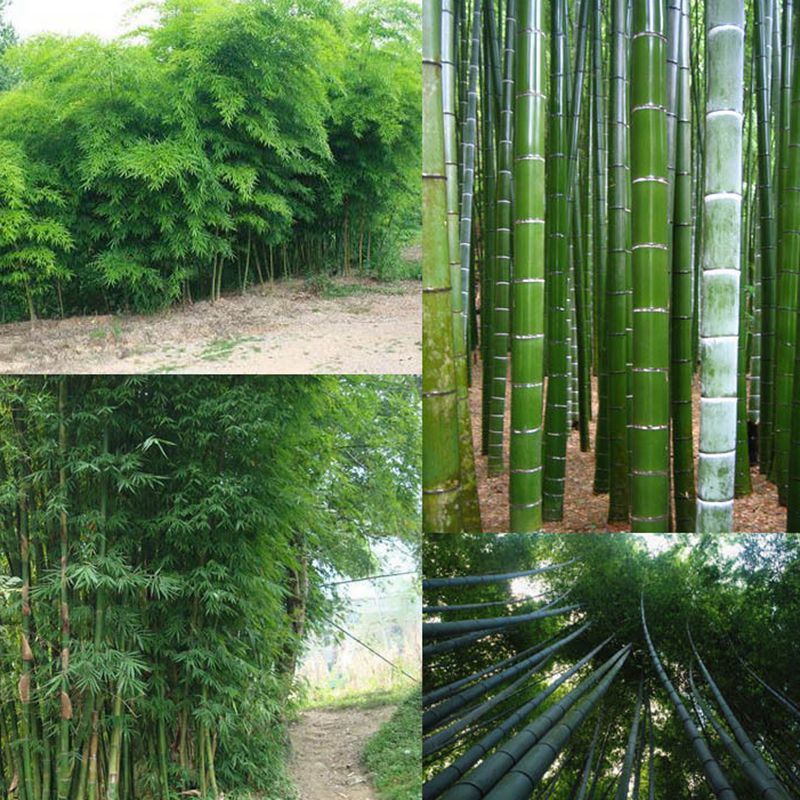

How long does it take to grow bamboo from seed? Also make sure the area gets bright, indirect sunlight. Check the soil often and be sure to keep it moist but well-drained. It’s a good idea to re-cover the trays with a plastic bag to lock in warmth and humidity. Keep your growing tray in a warm, moist environment for the germination period. Sprinkle a thin layer of additional compost mix on top of the seeds but just enough to cover the seeds and not smother them. Space the seeds a couple of inches apart so that when they start to grow, their roots are far enough away from each other and won’t get entangled.

Once the growing medium is between 68 and 78 degrees F, you can place your seeds. You can secure a plastic bag over them to lock in warmth as well. Fill your pots or growing trays with your growing medium, and leave about half an inch of space at the top to cover the seeds.īefore you place the seeds, though, put your growing trays in a warm, shady place so the soil gets up to the proper temperature. While your seeds are soaking, it’s a good time to prepare your growing medium so that its conditions are also ideal for bamboo seed germination. Be sure the soaking seeds aren’t placed in an area where temperatures fluctuate, as the water needs to remain at an ideal temperature of around 85 degrees while soaking.

Soak the seeds firstĪfter you’ve broken their dormancy, your bamboo seeds will need to soak in tepid water for around 24 hours prior to planting. Place your seeds in the refrigerator for a few weeks prior to sowing them in soil so that they’ll germinate after being planted. If you find bamboo seeds and aren’t sure when they were collected, you may need to break their dormancy.
#Growing moso bamboo from seed how to#
How to plant bamboo seeds Break dormancy on hardened-off bamboo seedsĪs with many seeds, bamboo seeds will harden off if they aren’t planted right away after being collected from the parent plant. Be sure your germinating seeds are placed in a well-lit area that doesn’t catch any of the sun’s direct rays. While bamboo seeds like bright light, they cannot withstand direct sunlight. Make sure the soil stays moist and that it’s well-draining to avoid drowning your seeds. While germinating, the bamboo seeds need to be well watered, but the soil shouldn’t be soggy. Your soil’s temperature should be between 68 and 78 degrees F. Temperature and humidity conditions are importantīamboo grows naturally in warm, humid conditions, so your soil temperature, as well as surrounding temperatures, must be at the proper level for germination to take place. Either a seed compost mix or a general compost mix will work well. How to grow Norfolk Island pine, everyone’s favorite living Christmas treeīe sure to use a growing medium that’s both well-draining and nourished with compost. Keep your indoor garden thriving: This is how to pick the best grow lights It tends to grow to 14 feet (4 m.) in a very dense pattern that makes for a perfect natural screen.How to propagate lucky bamboo in 5 easy steps so you don’t have to buy it A certain number of the canes have a natural zig-zag shape. Yellow Groove – Similar in color to the Spectabilis, it has a yellow and green striping coloration. Its canes have a very attractive yellow and green striping, and it will stay evergreen even in zone 5. Spectabilis – Hardy down to zone 5, it grows to 14 feet (4 m.) in height. Solid Stem – Hardy to zone 4, this bamboo thrives in wet conditions. Hardy to zone 5, it reaches 8 to 10 feet (2-3 m.) in height. Ruscus – An interesting bamboo with dense, short leaves that give it the appearance of a shrub or hedge. It tends to reach 18 feet (5.5 m.) in height in zone 5 but will grow taller in warmer climates. Red Margin – Hardy down to zone 5, it grows very fast and makes for an excellent natural screen. Nuda – Cold hardy to zone 4, this bamboo has very small but lush leaves. The shoots themselves are short, reaching 8 to 10 feet (2-3 m.) in height, and are hardy down to zone 5. Giant Leaf – This bamboo has the largest leaves of any bamboo grown in the U.S., with leaves reaching 2 feet (61 cm.) long and half a foot (15 cm.) wide. It tends to grow to 12 feet (4 m.) in zone 5 and performs well in most soil conditions. Here are some cold hardy bamboo plant varieties that will thrive in zone 5.īissetii – One of the toughest bamboos around, it is hardy down to zone 4. Keep reading to learn more about some of the best bamboo plants for zone 5 landscapes. Finding cold hardy bamboo plants can be a little tricky, however, especially in zone 5.

Running varieties can take over an entire yard, but clumping varieties and carefully maintained running ones make great screens and specimens. Bamboo is a great addition to the garden, as long as it’s kept in line.


 0 kommentar(er)
0 kommentar(er)
